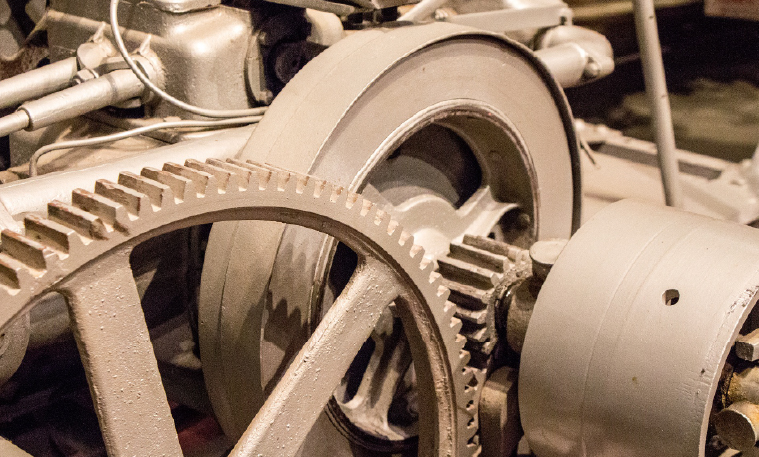Mobile:+86-311-808-126-83
Email:info@ydcastings.com
Double Entry Impeller Design for Enhanced Fluid Efficiency and Performance Optimization
Understanding Double Entry Impellers A Key Component in Modern Fluid Mechanics
In the realm of fluid dynamics, the design and efficiency of impellers play a pivotal role in the functionality of various machines and systems. Among the myriad designs available, the double entry impeller stands out as a particularly effective solution for many applications. This article explores the fundamental principles, advantages, and applications of double entry impellers, shedding light on their critical role in modern engineering.
A double entry impeller, also known as a dual entry impeller, is characterized by its unique structure that allows fluid to enter from both ends. Unlike traditional single inlet impellers that draw fluid from one direction, the double entry design ensures that fluid is introduced from both sides, effectively doubling the flow capacity and improving overall pump performance.
The operational mechanics of a double entry impeller are based on the principles of rotational kinetic energy and centrifugal force. As the impeller spins, it draws fluid into both its front and back sides. This configuration not only enhances the flow rate but also maintains balanced hydraulic forces, minimizing vibrations and reducing mechanical stress on the pump components. Consequently, double entry impellers are less prone to cavitation, a common issue in fluid dynamics where vapor bubbles can cause significant damage.
One of the primary advantages of double entry impellers is their ability to handle higher flow rates without increasing the size or power of the pump. This efficiency is particularly beneficial in applications where space is limited or energy consumption is a concern. Additionally, the balanced design leads to greater stability in operation, which extends the lifespan of the equipment and reduces maintenance costs.
double entry impeller

Double entry impellers are commonly used in various industries, including water treatment, chemical processing, and power generation. For instance, in water treatment plants, these impellers are crucial for transporting large volumes of water efficiently and effectively. Similarly, in the chemical industry, they facilitate the mixing and movement of different chemical compounds, ensuring that processes run smoothly and safely.
Environmental considerations are also at the forefront of modern engineering, and double entry impellers contribute positively in this aspect. By improving the overall efficiency of pumps, these impellers can help reduce energy consumption, thus lowering carbon footprints in industrial operations. Their robust design allows them to function effectively in diverse conditions, making them ideal for projects aimed at sustainability.
As technology progresses, the design and materials used in double entry impellers continue to evolve. Advances in computational fluid dynamics (CFD) and material science have led to the development of more efficient and durable impellers. Innovations such as 3D printing and the use of advanced composites are opening new avenues for customization, enabling engineers to tailor impeller designs to meet specific operational requirements.
In conclusion, the double entry impeller is an indispensable component in modern fluid mechanics, offering numerous advantages in efficiency, stability, and environmental sustainability. Its ability to deliver robust performance across a range of applications positions it as a preferred choice for engineers and designers alike. As industries continue to seek innovative solutions to meet the challenges of fluid dynamics, the significance and appeal of double entry impellers are likely to grow, making them a critical focus area for future research and development in engineering.
-
Why Should You Invest in Superior Pump Castings for Your Equipment?NewsJun.09,2025
-
Unlock Performance Potential with Stainless Impellers and Aluminum End CapsNewsJun.09,2025
-
Revolutionize Your Machinery with Superior Cast Iron and Aluminum ComponentsNewsJun.09,2025
-
Revolutionize Fluid Dynamics with Premium Pump ComponentsNewsJun.09,2025
-
Optimizing Industrial Systems with Essential Valve ComponentsNewsJun.09,2025
-
Elevate Grid Efficiency with High-Precision Power CastingsNewsJun.09,2025











